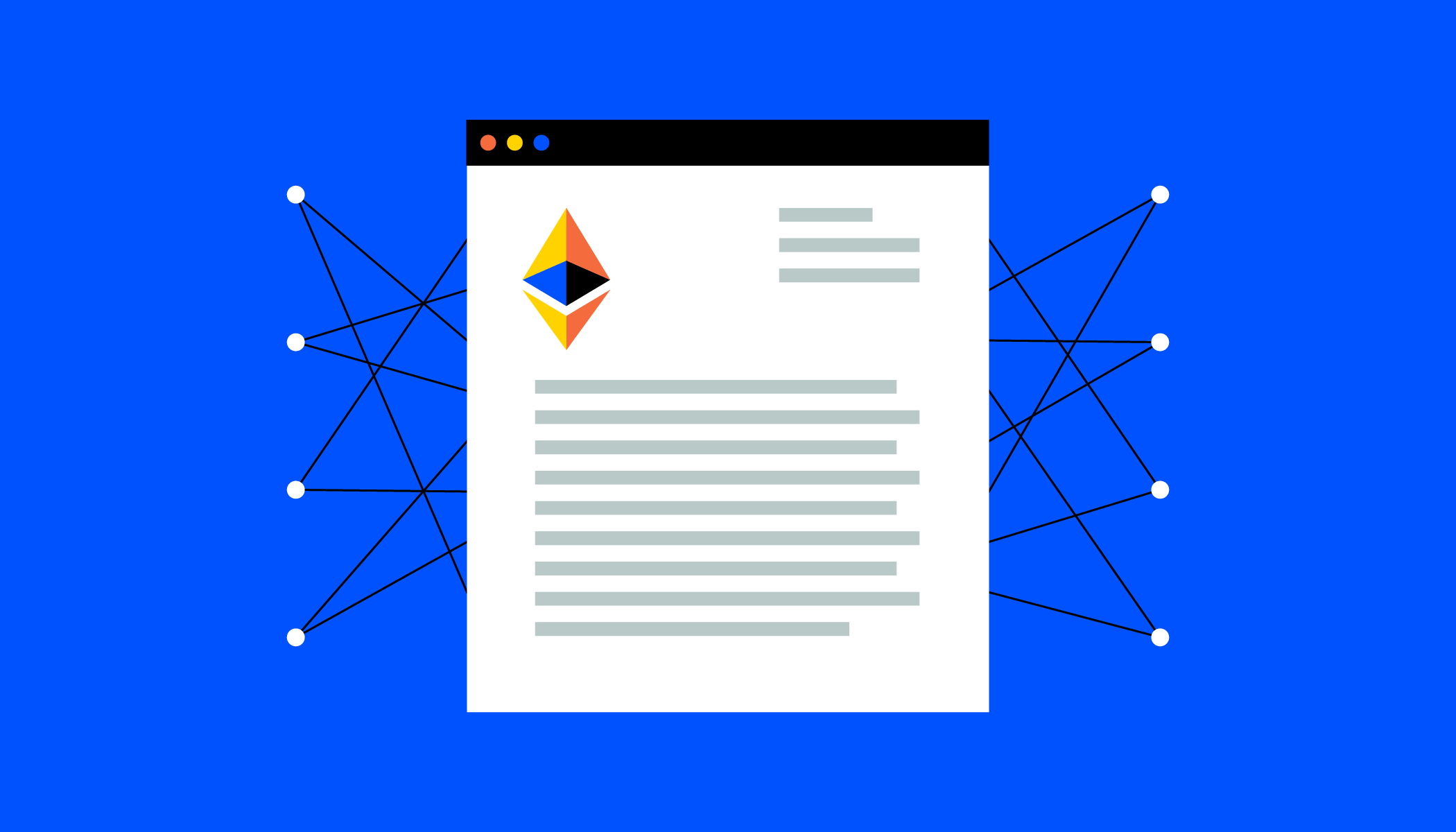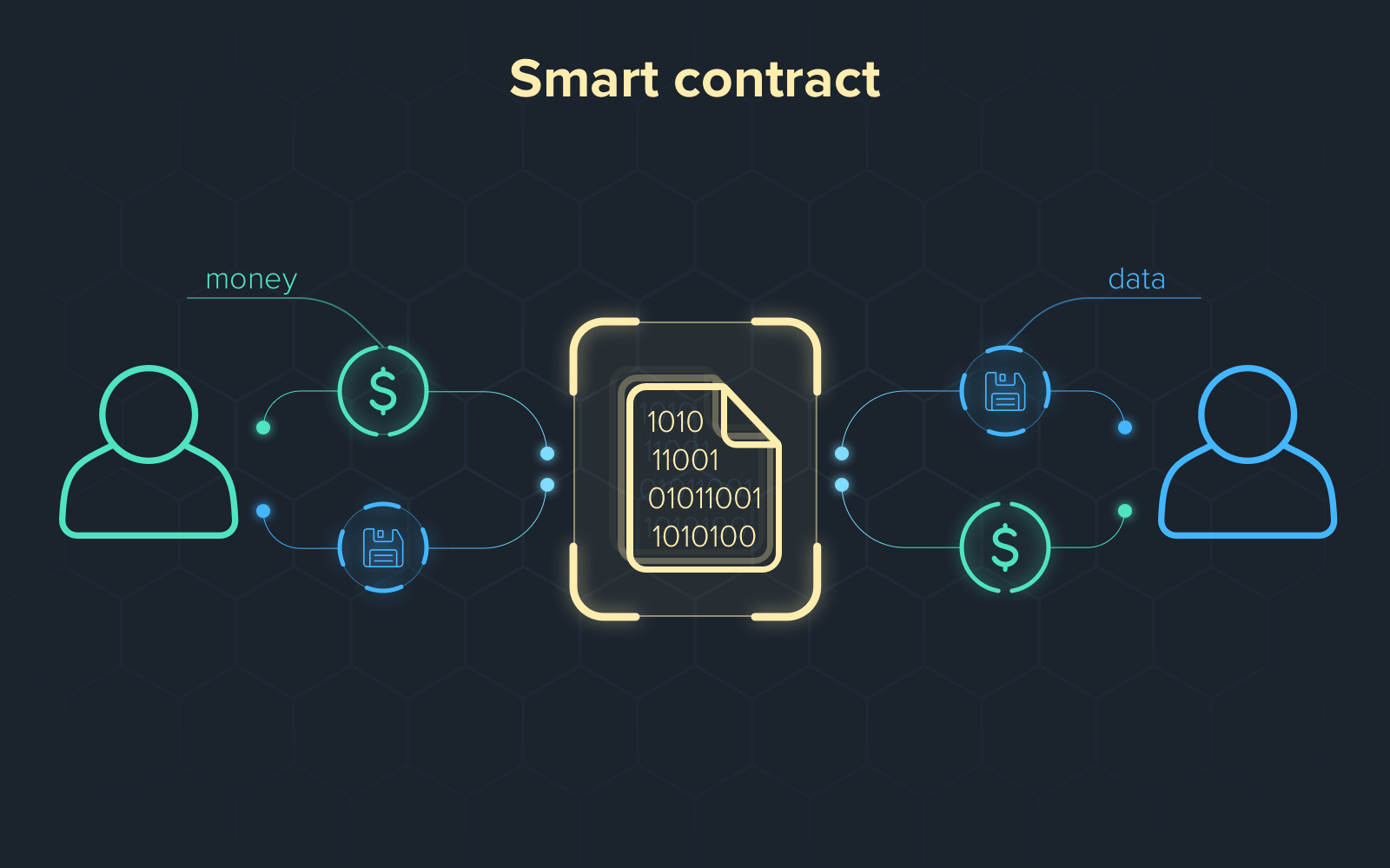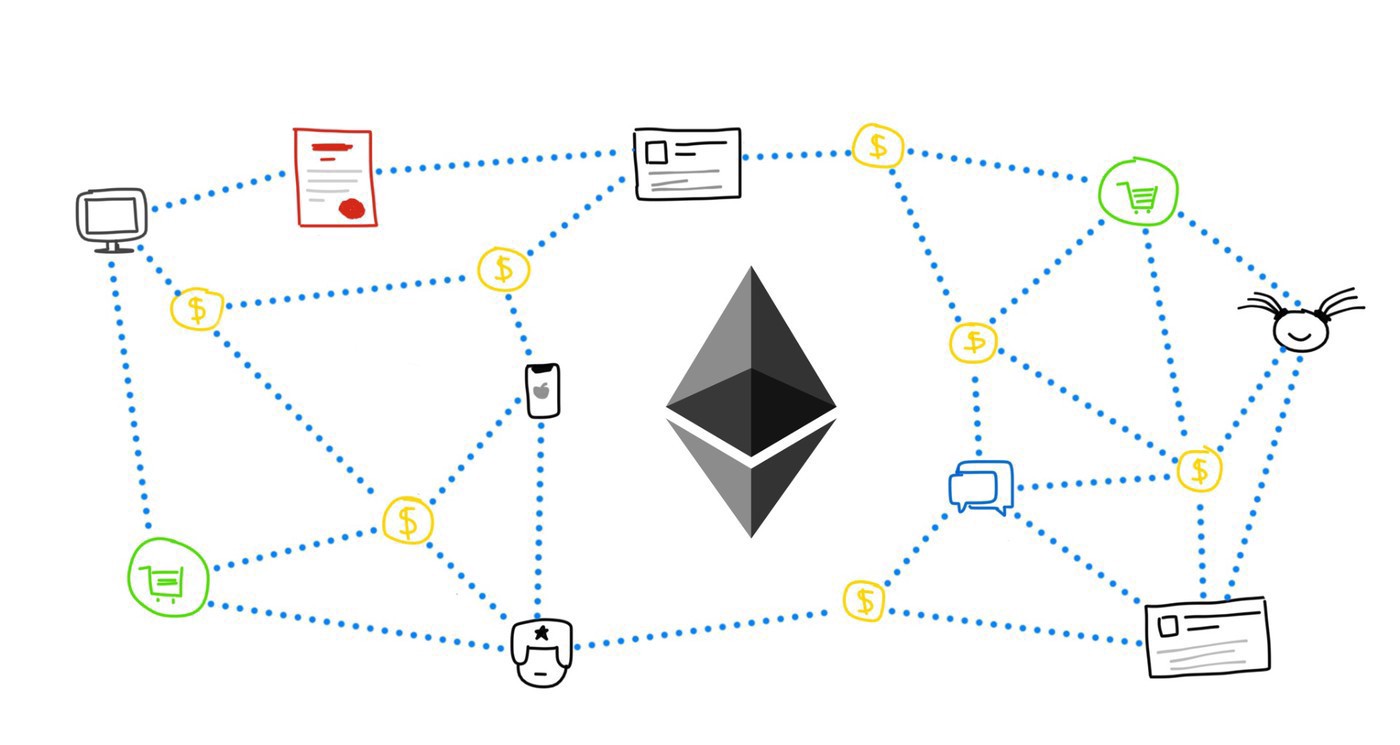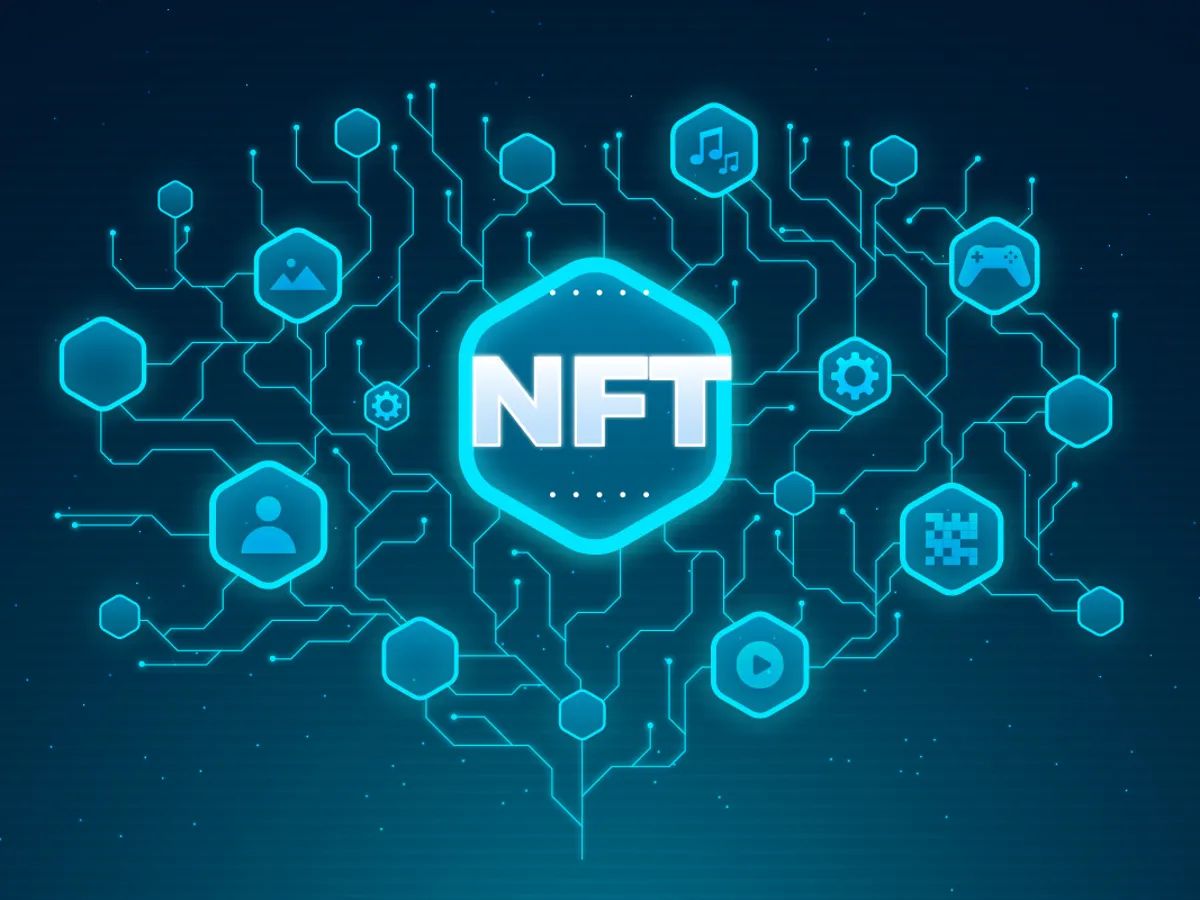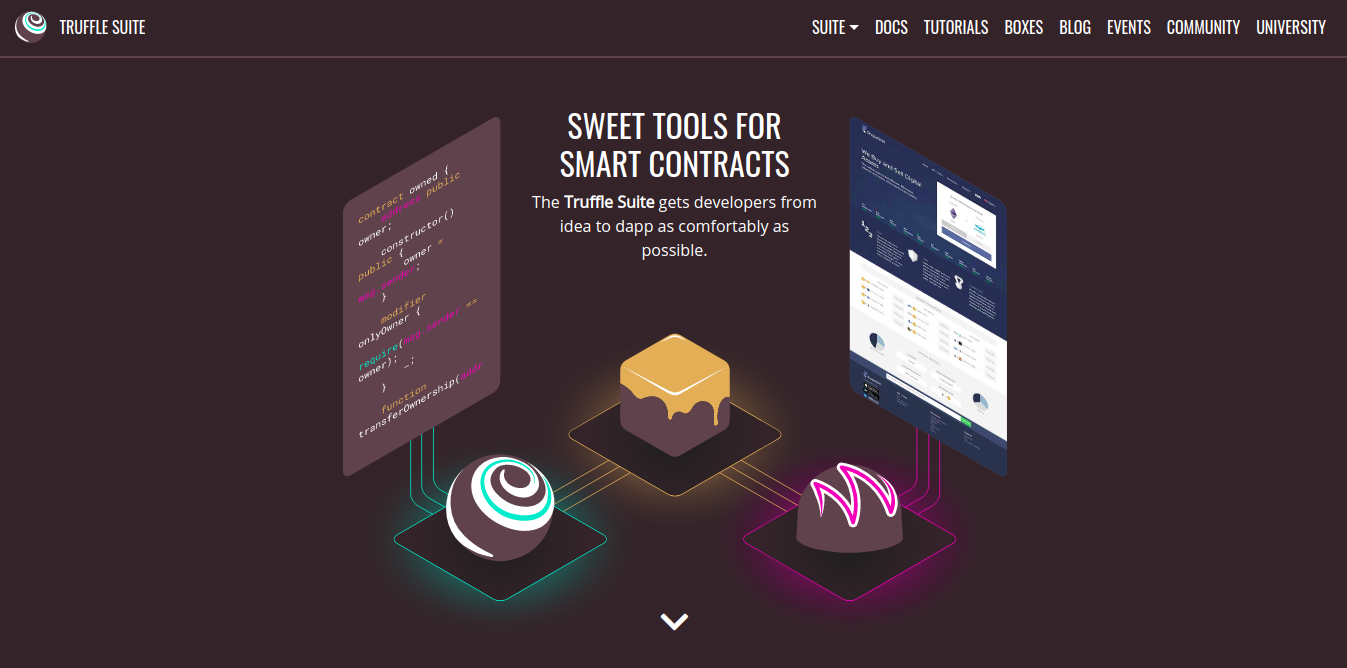Introduction
The rise of blockchain technology has introduced a revolutionary concept known as smart contracts. Smart contracts are self-executing agreements with the terms of the agreement directly written into code. These contracts are stored on a blockchain and automatically execute when predetermined conditions are met. The decentralized and immutable nature of blockchain technology ensures that smart contracts are transparent, secure, and tamper-proof.
Testing smart contracts plays a crucial role in ensuring their reliability and effectiveness. As with any software, bugs and vulnerabilities can occur in smart contract code, which can have serious financial and security consequences. Therefore, thorough testing is essential to identify and rectify any issues before deploying smart contracts on the blockchain.
Testing smart contracts requires specialized tools and frameworks, as well as a solid understanding of blockchain technology and programming languages like Solidity. This article will explore the importance of testing smart contracts, delve into the tools and setup required for testing, discuss best practices for writing test cases, and provide insights on analyzing test results.
By following the best practices outlined in this article, developers can ensure the reliability and security of their smart contracts, gaining the trust of users and strengthening the overall blockchain ecosystem.
What are Smart Contracts?
Smart contracts are self-executing digital contracts that are stored on a blockchain network. These contracts are written using programming languages, such as Solidity for Ethereum, and contain predefined rules and conditions. Once deployed on the blockchain, smart contracts automatically execute and enforce the terms of the agreement without the need for intermediaries.
Traditionally, contracts require intermediaries such as lawyers, banks, or other authoritative entities to ensure compliance and enforce the terms. Smart contracts eliminate the need for intermediaries by automating the execution and enforcement process, reducing both cost and time. The terms and conditions of a smart contract are transparent, visible to all participants on the blockchain network, and cannot be altered once deployed.
Smart contracts operate based on the principle of “if-this-then-that.” They can be used to mediate various types of transactions, such as financial agreements, supply chain management, voting systems, and more. For example, in a financial smart contract, the conditions could be set to release payment only when certain conditions are met, such as the successful completion of a service or the delivery of goods.
One of the key advantages of smart contracts is their immutability. Once a smart contract is deployed on the blockchain, it cannot be altered or tampered with. This feature ensures the integrity of the contract and eliminates the possibility of fraud or unauthorized changes.
Smart contracts have the potential to disrupt various industries by providing a secure, transparent, and efficient way to execute agreements. They improve trust between parties by eliminating the need for intermediaries, reducing costs, and increasing the speed of transactions. By leveraging the power of blockchain technology, smart contracts have the potential to revolutionize the way we conduct business and interact with each other.
Why Test Smart Contracts?
Testing smart contracts is crucial to ensure their reliability, security, and functionality. While smart contracts offer a decentralized and transparent way to execute agreements, they can still contain errors or vulnerabilities that may have serious financial or security implications. Here are several reasons why testing smart contracts is essential:
- Identifying bugs and vulnerabilities: Smart contracts, like any other software application, can contain bugs or vulnerabilities that may cause unexpected behavior or lead to potential exploits. Thorough testing helps identify and eliminate such issues before the smart contract is deployed on the blockchain, reducing the risk of financial loss or security breaches.
- Ensuring contract logic and functionality: Smart contract logic needs to be thoroughly tested to ensure that it operates as intended. By writing comprehensive test cases and executing them, developers can verify that the smart contract executes the predefined rules and conditions accurately.
- Preventing financial loss and legal disputes: Smart contracts often involve financial transactions, and errors in the contract’s code or logic can result in financial loss or legal disputes. By thoroughly testing the smart contract, developers can mitigate the risk of such issues and build trust among stakeholders.
- Enhancing security: Smart contracts need to be secure to protect users’ assets and sensitive data. Testing helps identify vulnerabilities, such as potential attack vectors or code exploits, allowing developers to implement appropriate security measures.
- Meeting regulatory compliance: Depending on the jurisdiction, certain regulatory requirements may apply to smart contracts. Testing ensures that the contract adheres to these regulations, minimizing the risk of non-compliance and legal consequences.
Overall, testing smart contracts is essential to build trust, improve reliability, and minimize risks involved in using blockchain technology. It helps ensure that smart contracts function as expected, provide the desired level of security, and protect the interests of all stakeholders involved.
Tools for Testing Smart Contracts
Testing smart contracts requires specialized tools and frameworks that facilitate the development, deployment, and execution of test cases. These tools provide developers with the necessary resources to identify and rectify any issues in the smart contract code. Here are some popular tools used for testing smart contracts:
- Truffle: Truffle is a development framework for Ethereum that provides a suite of tools to simplify the testing and deployment of smart contracts. It includes a testing framework that allows developers to write and execute tests using Solidity or JavaScript.
- Premier Ethereum Virtual Machine (EVM) Testnet: Ethereum provides testnets that replicate the functionality of the mainnet, allowing developers to test their smart contracts in a simulated environment. These testnets, such as Ropsten, Kovan, and Rinkeby, help developers verify the behavior and performance of their smart contracts.
- Ganache: Ganache is a personal blockchain for Ethereum development that provides a local testing environment. It allows developers to deploy and test smart contracts on a private network, providing fast and reliable feedback on contract behavior.
- Hardhat: Hardhat is another popular development environment for Ethereum that offers built-in testing functionality. It provides a testing framework and a local network for running tests, enabling developers to easily write and execute test cases.
- MythX: MythX is a security analysis platform for smart contracts. It performs automated security scans and identifies potential vulnerabilities, such as reentrancy attacks or arithmetic overflow. Integrating MythX into the testing workflow helps developers identify and address security issues before deploying smart contracts.
These are just a few examples of the tools available for testing smart contracts. Depending on the blockchain platform and programming language used, there may be additional tools and frameworks specific to that ecosystem. It is essential for developers to explore and utilize the right tools for their specific testing needs to ensure the reliability and security of their smart contracts.
Setup for Testing Smart Contracts
Before testing smart contracts, developers need to set up the necessary environment and tools. The setup process may vary depending on the blockchain platform and development framework being used. Here are the key steps involved in setting up the testing environment for smart contracts:
- Install the development environment: Start by installing the required development environment for the specific blockchain platform. For Ethereum, this typically involves installing Node.js, npm (Node Package Manager), and a development framework like Truffle or Hardhat. Follow the platform-specific documentation for installation instructions.
- Set up a local blockchain network: Use a development tool like Ganache to set up a local blockchain network. This allows developers to deploy and test smart contracts locally without incurring transaction costs. Ganache provides a set of private key addresses, which can be used as test accounts to interact with the smart contracts.
- Write the smart contract code: Develop the smart contract code using the appropriate programming language, such as Solidity for Ethereum. Ensure that the code follows best practices and adheres to the desired contract logic and functionality. Testable smart contracts should have defined functions and events that can be called and observed during the testing process.
- Write test cases: Create comprehensive test cases to verify the behavior and functionality of the smart contract. Test cases should cover various edge cases, inputs, and scenarios to ensure thorough testing. Use tools like Truffle or Hardhat’s testing framework to write and execute these test cases.
- Configure the testing environment: Set up the testing environment by configuring the testing framework. This may involve specifying the network to use (e.g., the local Ganache network), defining the accounts to use for testing, and configuring any necessary plugins or libraries.
- Execute the test cases: Run the test cases against the deployed smart contract on the local blockchain network. Monitor the test results for any failures or unexpected behavior. Test execution may include a combination of unit tests, integration tests, and functional tests to cover different aspects of the smart contract’s functionality.
By following these steps, developers can establish a solid testing environment for their smart contracts. It is crucial to ensure that all necessary tools and frameworks are properly installed and configured to facilitate efficient and effective testing of smart contracts.
Writing Test Cases for Smart Contracts
Writing comprehensive test cases is a critical step in ensuring the reliability and functionality of smart contracts. Well-written test cases help identify bugs, vulnerabilities, and edge cases in the contract’s code, allowing developers to make necessary adjustments and improvements. Here are some key considerations when writing test cases for smart contracts:
- Identify test scenarios: Begin by identifying different test scenarios that cover the various functionalities and conditions of the smart contract. This can include testing different input combinations, contract states, and edge cases. Each test scenario should focus on a specific aspect of the contract’s functionality or behavior.
- Define preconditions: Specify the initial conditions or preconditions required for each test scenario. This may involve setting up the contract state by initializing variables, assigning values, or triggering specific events before executing the test case.
- Execute contract functions: Invoke the specific functions of the smart contract that need to be tested. Provide appropriate inputs and parameters to ensure that the contract executes the desired actions correctly.
- Verify expected outcomes: After executing the contract functions, verify that the outcomes match the expected results. This can include checking the updated contract state, emitted events, or any returned values. Compare the actual results with the expected outcomes defined in the test case.
- Handle exceptions and edge cases: Consider potential exceptions and edge cases that could arise during the execution of the smart contract. Write test cases that cover these scenarios to ensure that the contract handles them properly and does not result in unexpected behavior.
- Test contract interaction: If the smart contract interacts with other contracts or external systems, include test cases that verify the interaction and the expected outcomes. This could involve mocking or simulating the behavior of external contracts or systems.
- Consider gas usage and transaction costs: Take into account the gas usage and transaction costs associated with executing the smart contract functions. Test cases should verify that the contract operates efficiently and does not exceed gas limits or result in excessive transaction fees.
Writing clear and concise test cases is essential to ensure proper testing of smart contracts. It is important to cover different aspects of the contract’s functionality, handle various scenarios, and include both positive and negative test cases. By following these guidelines, developers can identify and address any issues in the contract code, ensuring the reliability and robustness of the smart contract.
Executing Test Cases for Smart Contracts
Executing test cases is a crucial step in the testing process for smart contracts. This phase involves running the defined test cases against the smart contract to verify its behavior, functionality, and adherence to the predefined rules and conditions. Here are the key steps involved in executing test cases for smart contracts:
- Set up the testing environment: Ensure that the testing environment is properly configured and all necessary tools and frameworks are in place. This includes connecting to the desired blockchain network, deploying the smart contract, and configuring the testing framework.
- Run the test cases: Execute the defined test cases against the deployed smart contract. This involves calling the contract’s functions with the specified inputs and parameters. Monitor the execution and any interactions with the contract.
- Observe the contract behavior: Analyze the contract’s response and behavior during the execution of each test case. Verify if the contract is performing the expected actions and producing the intended results. This may include checking the contract’s state changes, emitted events, or any return values.
- Capture and log test results: Record and log the results of each test case, including any failures, errors, or unexpected behavior observed during the execution. This documentation can be used for future reference and analysis.
- Debug and troubleshoot: If any test case fails or produces unexpected results, debug and troubleshoot the issue to identify the root cause. This may involve reviewing the test case logic, contract code, or the testing environment setup. Diagnose and address any errors or bugs found.
It is important to execute test cases using a comprehensive approach that covers different aspects of the smart contract’s functionality, edge cases, and potential exceptions. This helps ensure the reliability and robustness of the contract code and minimizes the risk of any unforeseen issues when the contract is deployed in a live environment.
Additionally, it is recommended to automate the execution of test cases whenever possible. Automation allows for easier and faster re-execution of test cases, especially when modifications are made to the contract code. Automated testing frameworks can help streamline the testing process and provide more efficient feedback on the contract’s behavior.
Analyzing Test Results for Smart Contracts
Analyzing the test results obtained from executing test cases for smart contracts is a vital step in ensuring the reliability and integrity of the contract code. Proper analysis allows developers to identify any issues, errors, or vulnerabilities that may have been uncovered during the testing process. Here are some key considerations when analyzing test results for smart contracts:
- Review test case outcomes: Start by reviewing the outcomes of each individual test case. This involves comparing the actual results with the expected results defined in the test case. Identify any discrepancies or deviations and investigate the underlying causes.
- Identify and address failures: Pay close attention to test cases that have failed or produced unexpected results. Investigate the root cause of the issue and take necessary steps to rectify it. This may involve reviewing the smart contract code, debugging, and making necessary revisions.
- Analyze error patterns: Look for patterns or commonalities among the failed test cases or unexpected results. This can help identify potential underlying issues or vulnerabilities in the contract code. Address these patterns by implementing appropriate fixes or improvements to enhance the contract’s reliability.
- Assess coverage and completeness: Evaluate the coverage and completeness of the test cases executed. Ensure that the test cases cover different aspects of the smart contract’s functionality, edge cases, and potential exceptions. Identify any potential gaps in the testing process and consider augmenting the test suite accordingly.
- Consider gas usage and optimization: Analyze the gas usage and transaction costs associated with executing the smart contract. Evaluate the efficiency of the contract’s operations and identify any opportunities for optimization. This includes optimizing gas usage in order to streamline transaction costs and improve the overall performance of the contract.
- Iterative testing and refinement: Based on the analysis of the test results, refine the test cases, the contract code, or the testing environment as necessary. Conduct iterative testing to verify the effectiveness of the changes made and to ensure the contract’s robustness.
It is important to document and maintain a record of the analyzed test results. This documentation can serve as a valuable resource for future reference, auditing purposes, and the ongoing maintenance and enhancement of the smart contract. Regular analysis of test results enables developers to improve the quality and reliability of the smart contract, thereby increasing the confidence and trust of stakeholders in the contract’s execution and outcomes.
Best Practices for Testing Smart Contracts
Testing smart contracts is a critical part of the development process to ensure their reliability, security, and functionality. By following best practices, developers can enhance the effectiveness of their testing efforts and mitigate potential risks. Here are some best practices for testing smart contracts:
- Write comprehensive test cases: Develop test cases that cover different aspects of the smart contract’s functionality, including edge cases, potential exceptions, and varying inputs. Ensure the test cases provide sufficient coverage to verify the contract’s behavior.
- Use a combination of testing techniques: Employ a mix of unit tests, integration tests, and functional tests to thoroughly test the smart contract. This allows for a comprehensive evaluation of the contract’s logic, interactions, and overall functionality.
- Consider different network conditions: Test the smart contract under various network conditions, including situations with high network congestion or limited bandwidth. This helps ensure that the contract functions properly and remains reliable in real-world scenarios.
- Perform regression testing: Continuously perform regression testing when making changes to the smart contract code or the testing environment. This ensures that modifications do not introduce new bugs or regressions into the contract’s functionality.
- Automate testing whenever possible: Automate the execution of test cases to streamline the testing process and increase efficiency. Automated testing frameworks can help save time, provide more accurate results, and facilitate easier re-testing when changes are made.
- Pay attention to gas usage: Test the smart contract’s gas usage and optimize it to minimize transaction costs and improve overall performance. Monitor and analyze gas consumption during the testing phase and make necessary optimizations based on the results.
- Conduct peer code reviews: Engage other developers to conduct code reviews to identify potential issues, bugs, or vulnerabilities in the smart contract code. Fresh perspectives and feedback from peers can help improve the quality and reliability of the contract.
- Include security analysis: Integrate security analysis tools, such as MythX, into the testing process to identify potential vulnerabilities or security loopholes in the contract code. Address any security issues found to ensure the contract’s robustness.
- Document and maintain test results: Keep comprehensive documentation of test cases, test results, and any modifications made during the testing process. This documentation serves as a valuable resource for future reference, audits, and ongoing maintenance of the smart contract.
By following these best practices, developers can improve the quality, reliability, and security of their smart contracts. Thorough testing not only helps mitigate risks and prevent potential issues but also builds trust among stakeholders and contributes to the overall success of the smart contract deployment.
Conclusion
Testing smart contracts is an essential process that ensures the reliability, security, and functionality of these self-executing agreements deployed on a blockchain network. By following best practices, developers can identify and rectify potential issues, vulnerabilities, and bugs in smart contract code before deployment, reducing the risk of financial loss, legal disputes, and security breaches.
Smart contracts offer a decentralized, transparent, and efficient way to execute agreements without the need for intermediaries. However, they are not immune to errors or vulnerabilities. Thorough testing, using specialized tools and frameworks, is crucial to guarantee the integrity and robustness of the smart contracts and to build trust among stakeholders.
During the testing process, developers should focus on writing comprehensive test cases, covering different scenarios, edge cases, and potential exceptions. It is important to combine multiple testing techniques, such as unit tests, integration tests, and functional tests, to provide comprehensive coverage of the contract’s functionality.
Automation of testing, when possible, streamlines the process and allows for more efficient re-testing when changes are made. Evaluating gas usage is also crucial to optimize transaction costs and improve the performance of the smart contract. Additionally, integrating security analysis tools helps identify and address potential vulnerabilities and ensure the contract’s robustness.
Throughout the testing process, it is important to review and analyze the test results, make necessary refinements to the smart contract code, and document all the findings and changes made. By following these practices, developers can increase the reliability and security of smart contracts, building trust and confidence among users and stakeholders in the blockchain ecosystem.
In conclusion, testing smart contracts is a vital step in the development lifecycle. By adhering to best practices and employing the right tools and techniques, developers can ensure the reliability, security, and effectiveness of smart contracts, enabling the widespread adoption and utilization of blockchain technology.










